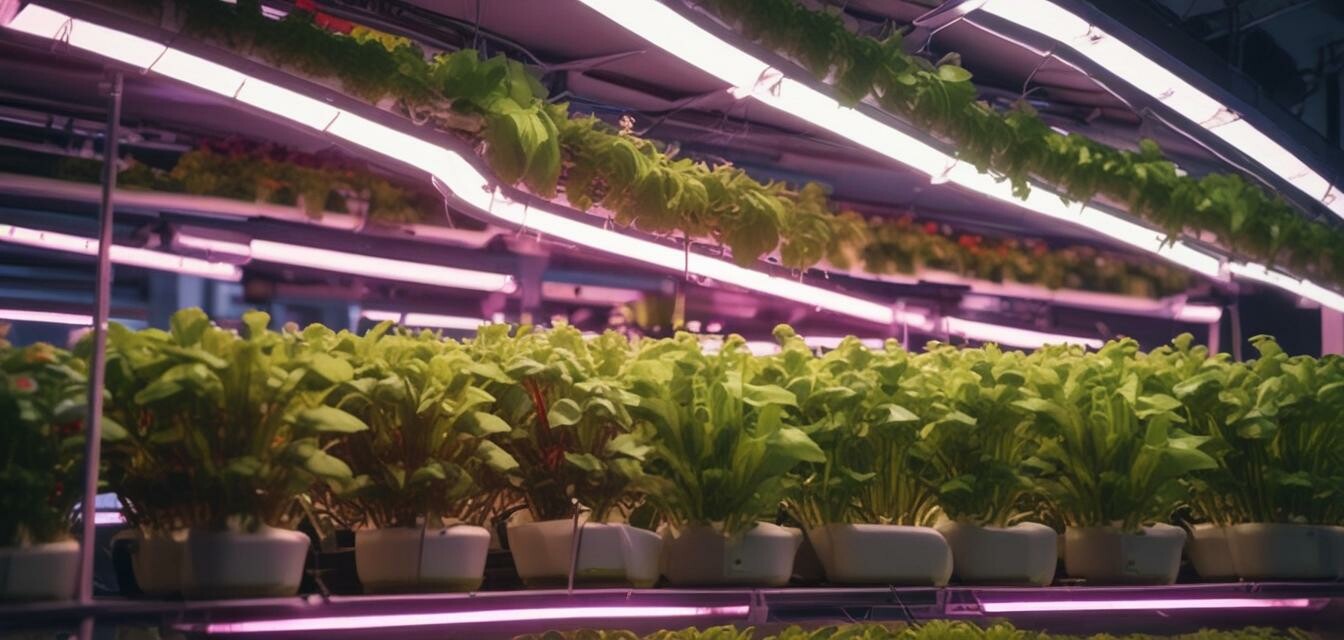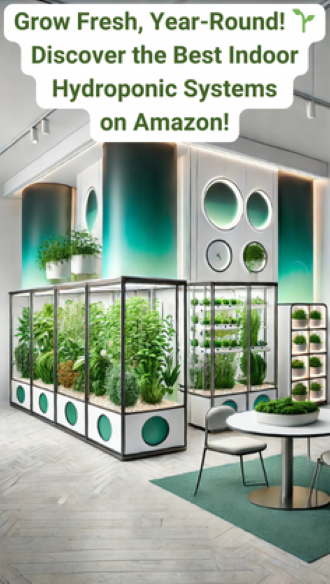
The Future of Hydroponic Gardening: Trends in 2025
Key Takeaways
- Increased adoption of smart hydroponic systems will enhance user experience.
- Focus on sustainability and resource efficiency is driving innovation.
- The development of new hydroponic crops is paving the way for diverse agricultural options.
- Integration of AI and IoT will optimize plant growth and environmental control.
- Accessibility of hydroponic solutions continues to improve for urban dwellers.
As we approach 2025, the world of hydroponic gardening is on the brink of revolutionary changes. With sustainability and technology taking center stage, indoor gardeners can expect a wealth of innovations that will redefine how we grow plants without soil. From cutting-edge systems to advanced nutrient delivery, this article explores the major trends emerging in hydroponic gardening over the next few years. Let's dive into the future of indoor gardening!
Technological advancements in hydroponics
Hydroponic gardening is set to benefit immensely from technological trends that focus on efficiency and ease of use. New developments are making systems more accessible, which allows both seasoned growers and newcomers to cultivate their own plants successfully.
Smart hydroponic systems
The rise of smart hydroponic systems is accelerating, integrating features that allow real-time monitoring and adjustments. Here are some key attributes:
| Feature | Description |
|---|---|
| Automation | Automated nutrient and water delivery, adjusting automatically based on plant needs. |
| Remote Monitoring | Mobile apps that allow users to track growth and environmental conditions from anywhere. |
| Data Analytics | Enhanced data collection to understand plant growth patterns and optimize conditions. |
Integration of AI and IoT
Artificial Intelligence (AI) and the Internet of Things (IoT) are becoming integral components of hydroponic systems. These technologies contribute to:
- Predictive analytics for better growth outcomes
- Automation of environmental controls
- Adapting systems based on real-time feedback from plants
Sustainability in hydroponics
The movement towards eco-friendly practices is gaining momentum in the hydroponic industry. Companies are prioritizing sustainability to reduce their carbon footprint and conserve resources.
Resource efficiency
One of the main objectives is to maximize resource efficiency:
- Reduced water usage through closed-loop systems
- Utilization of renewable energy sources, such as solar power
- Promotion of organic nutrient solutions to lessen environmental impact
New hydroponic crops
Hydroponics is not limited to traditional crops anymore. As growers experiment with various plant types, they often discover new contenders:
| Crops | Benefits |
|---|---|
| Herbs | Fast growth and high market demand. |
| Leafy greens | High nutritional value and versatility in recipes. |
| Berries | Increasing interest in local, fresh fruit options. |
Final thoughts
The future of hydroponic gardening looks promising with technological innovations, sustainability initiatives, and an expanding variety of crops. As more individuals and urban dwellers turn to indoor gardening, the gains in efficiency and diversity of options will create a thriving community. To learn more about hydroponic equipment and methods, check out our guides on AeroGarden Systems, Complete Hydroponic Systems for Beginners, and Hydroponic Buying Guides.
Stay updated on hydroponic innovation
As we look ahead to 2025, it's essential to stay informed about these innovations impacting indoor gardening. Following our blog changes, especially in the Hydroponic Innovation & Updates section, will ensure you remain at the forefront of the hydroponic gardening revolution. Embrace the possibilities!
